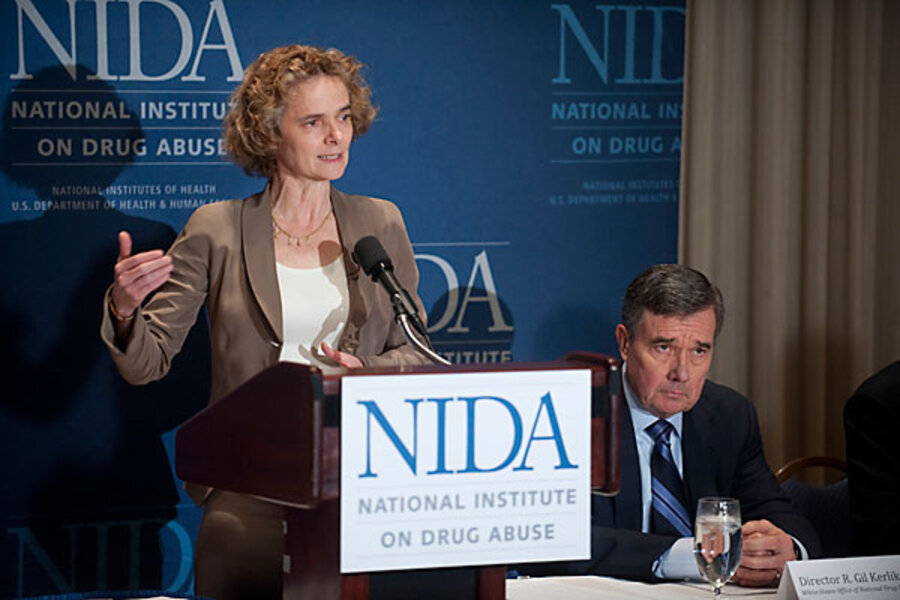Report: marijuana, prescription drug use up among teens
| Los Angeles
A national study widely considered to be an important indicator of youth drug abuse showed progress with some drugs but widespread problems with marijuana and prescription or over-the-counter drugs.
The study, compiled by the University of Michigan for the federal National Institute on Drug Abuse, found that 7 of the 10 drugs most abused by high school seniors are prescription or over-the-counter drugs acquired primarily from teens’ friends or relatives.
“I am not surprised by this new study because not just teens, but society as a whole is looking for instant gratification … [and] teens are increasingly turning to prescription drugs because they want to feel things in this second,” says Clare Kavin, executive director of the Waismann Method, a drug treatment program. “They have been taught to take a pill to lose weight, to treat acne, to fall asleep, and to focus better in schools. Teens are under the impression that pills are the best way to treat any mental, physical, or social issues.”
The study, released Monday, focuses on eighth-, 10th-, and 12th-graders. Within that group, use-rates for some substances have improved – notably hallucinogens and cocaine by 12th graders and methamphetamines among eighth graders. Cigarette use, too, continued to drop significantly. In 1997, 36.5 percent of 12th-graders said they'd smoked a cigarette during the past month. This year, 20.1 percent said they had.
But use of inhalants by 10th-graders increased, and use of marijuana across all three grade-levels increased. The study attributed the rise, at least in part, to the growing acceptance of marijuana use for medicinal purposes. That trend has made the drug appear less dangerous to teens, the study said.
This study “is a warning sign, and the continued erosion in youth attitudes and behavior toward substance abuse should give pause to all parents and policymakers,” said Gil Kerlikowske, director of the federal Office of National Drug Control Policy in Washington. “These latest data confirm that we must redouble our efforts to implement a comprehensive, evidence-based approach to preventing and treating drug use.”
The new study can help healthcare professionals understand how drug-use patterns change over time and why.
“Drug use in the adolescent population is not new, but how they view drug use, combined with how they are gaining access to the drugs they choose to use” is new, says Elizabeth Dowdell, associate professor in the college of nursing at Villanova University in Pennsylvania. “Understanding that the choice of drug from the past may not be the drug of choice today is critical.”
Such data is vital to shaping effective antidrug campaigns. The ads of the 1980s may have actually contributed to increasing marijuana use, says William Crano, a research professor at Claremont Graduate University in California.
“Those 'this is your brain on drugs' commercials we remember from the '80s turned out to have the opposite effect and actually made more teens try pot,” says Dr. Crano. What is effective, he says, are the new “Parents: The Anti-Drug” commercials currently running on TV.
“Turns out, it isn’t very effective to try and scare teens into thinking pot is bad. But when teens think mom and dad are paying attention, they are less likely to smoke marijuana,” says Crano. “That’s why, when the commercials are geared towards mom, the teen thinks mom might be onto their behavior.”
-----
Follow us on Twitter.





